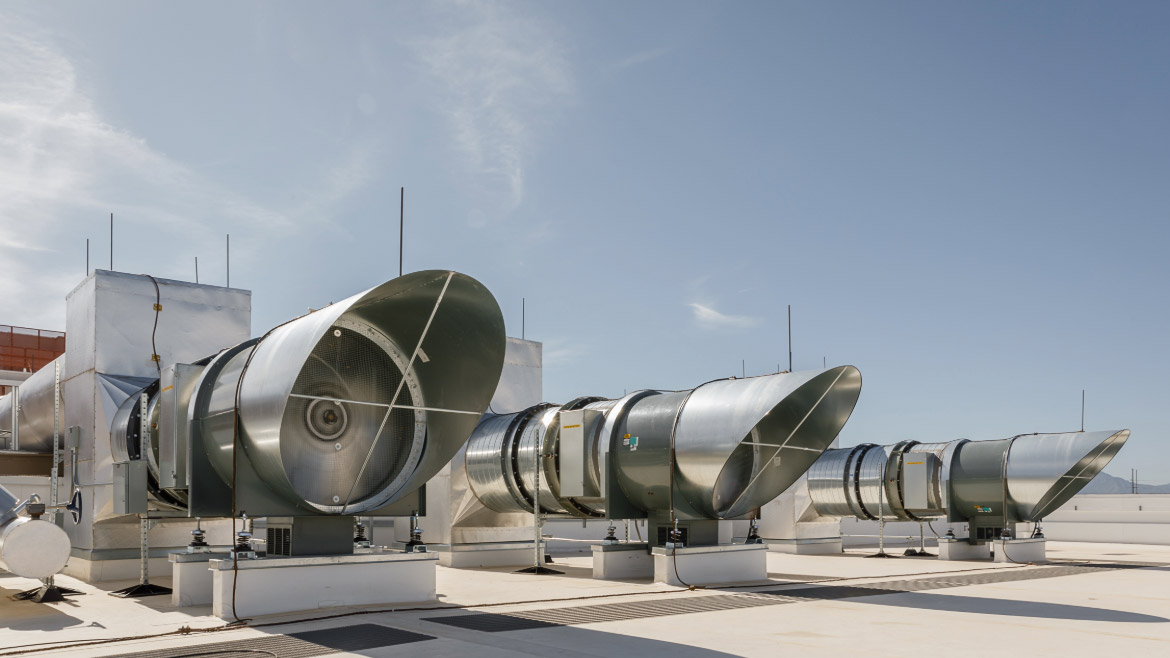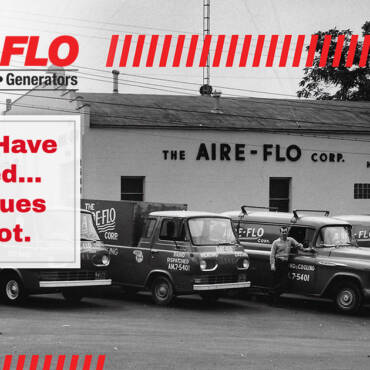Data centers can consume up to 100-200 times as much electricity per area as standard office spaces, according to energy.gov. Currently, EPRI notes, data centers account for approximately 4% of U.S. electricity usage. By 2030, this figure is projected to increase to between 4.6% and 9.1%.
Working towards 100% renewable energy is the goal for data centers, and Sandia National Laboratories, an innovator in the field, is on its way to achieving that goal.
“We’re hoping to be 100% away from mechanical cooling,” said Dave Martinez, Engineering Program and Project Lead at Sandia. “Now whether that happens or not is dependent on how many systems that we get that are more liquid-cooled and nontraditionally cooled systems.”
Sandia’s 725E data center, which is one of four at Sandia, earned LEED gold by minimizing energy and water use, putting Sandia in the top 20 in the world for most efficient data centers.
The National Renewable Energy Laboratory, NREL, which provides technical assistance to groups like Sandia and documents best practices through case studies, released a study on the 725E data center’s design, highlighting how it integrates both energy and water efficiency.
It’s not the first time NREL and Sandia have collaborated. In fact, Otto Van Geet, Principal Engineer for energy efficient Laboratory buildings & Data Centers at NREL, has spent more than three decades working alongside Martinez, who is responsible for the 725E data center’s design.
“My main objective here is to run the operations of our data centers,” Martinez said of his position with Sandia. “I do a lot of the mechanical and electrical design on the systems that we install in the layout of the floor and run the day-to-day operations of the hardware and the infrastructure teams. One of my jobs is also to be very innovative and energy efficient when we do these designs.”
His focus on energy efficiency has paid off with the 14,000-square-foot data center, which houses state-of-the-art, warm-water, direct liquid-cooled systems. Sandia designed its 725E data center to be 85% liquid cooling and 15% air cooling.
“The design was to minimize the use of mechanical cooling using chillers and instead use free cooling using outside air and cooling water,” Martinez said. “Right now, we are free cooling about 70% of the year,” which means the chillers don’t have to run during those times. On the water side, they are leveraging hi tech dry coolers, thermosyphons, which have saved 15,000,000 gallons of water per year.
In addition, some of the computers in the data center don’t rely solely on water cooling. To address this, the facility includes an airside economizer, which is an outdoor air-cooling system.
“Since New Mexico is a dry climate, we can provide 90% of our outdoor air cooling without having to use chilled water,” Martinez explained in the NREL study. The study notes that the air-cooling system consists of air handling units (AHUs, each with a 9-electronically commutated-motor fan array, which provide greater efficiency and redundancy) located on the roof and operates in one of three modes:
- The AHUs bring in outdoor air to provide “free” cooling (airside economizer) when the temperature is 78°F and cooler and the wet bulb temperature is 72°F and cooler.
- When the outdoor air temperature is above 78°F, the AHU uses direct evaporative cooling to cool the air by evaporating water into the air (Adiabatic cooling) with face and bypass dampers to allow for better temperature control and less pressure drop. Evaporative cooling provides 100% “free” cooling, so long as the air wet bulb temperature is below 65°F.
- When the wet bulb temperature exceeds 65°F, mechanical cooling “trim” is provided by chilled water.
When it comes to becoming more energy efficient in your data center, Martinez said to raise temperatures up and transition from air-cooled systems to liquid-cooled systems.
Van Geet adds that data centers should be arranged correctly with the hot and cold aisles separate.
Here are the four keys to sustainability, according to NREL and the DOE Federal Energy Management Program, FEMP, which can be found in the NREL case study on the 725E data center.
- Power Use Effectiveness, PUE: Reduce energy use by making systems as efficient as possible.
- Energy Reuse Effectiveness, ERE: Reuse heat to achieve the lowest ERE possible.
- Water Usage Effectiveness, WUE: Reject as much remaining heat to dry coolers as possible.
- Carbon Usage Effectiveness, CUE: Maximize energy from renewable systems on-site or within grid region.
For additional information see the Best Practices Guide for Energy-Efficient Data Center Design, which has a picture of the Sandia data center on the cover.
Whether you require installation, repair, or maintenance, our technicians will assist you with top-quality service at any time of the day or night. Take comfort in knowing your indoor air quality is the best it can be with MOE heating & cooling services Ontario's solution for heating, air conditioning, and ventilation that’s cooler than the rest.
Contact us to schedule a visit. Our qualified team of technicians, are always ready to help you and guide you for heating and cooling issues. Weather you want to replace an old furnace or install a brand new air conditioner, we are here to help you. Our main office is at Kitchener but we can service most of Ontario's cities
Source link




Add Comment